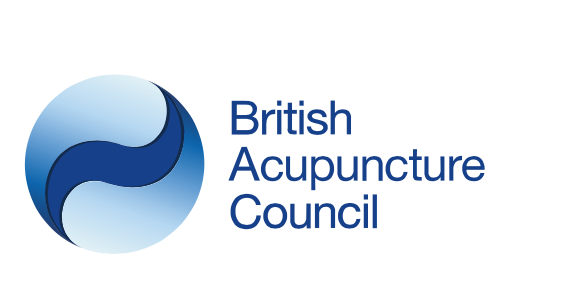Fertility Check List
AMH Test
What is AMH?
Anti-Müllerian Hormone (AMH) is produced by small follicles (pouches which contain the eggs) growing in the ovary. It can be measured in a blood test. The level of AMH reflects how many follicles are growing, which gives an indication of how many eggs are present in the ovary. The number of eggs present in the ovary declines as we age, until the menopause, when the supply runs out. The more follicles that are growing, the higher the level of AMH in the blood. We can use this AMH measurement to predict how strongly the ovaries will respond to the hormones used in an IVF cycle.
FSH Test
What is follicle stimulating hormone?
Follicle stimulating hormone is one of the gonadotrophic hormones, the other being luteinising hormone. Both are released by the pituitary gland into the bloodstream. Follicle stimulating hormone is one of the hormones essential to pubertal development and the function of women’s ovaries and men’s testes. In women, this hormone stimulates the growth of ovarian follicles in the ovary before the release of an egg from one follicle at ovulation. It also increases oestradiol production. In men, follicle stimulating hormone acts on the Sertoli cells of the testes to stimulate sperm production (spermatogenesis).
Thyroid Test
Thyroid Test
Undiagnosed thyroid dysfunction can make it difficult to conceive. It can also cause problems during pregnancy itself. Once the over- or under-active thyroid is under control there is no reason why you should not have a successful pregnancy and a healthy baby. We can arrange ?
Progesterone
What is Progesterone?
Progesterone Fertility and menstruation are largely controlled by hormones, and one of these hormones is progesterone. Understanding progesterone and what it does will help women make informed choices about their reproductive health.
Progesterone is one of the progesterone steroid hormones. It is secreted by the corpus luteum, a temporary endocrine gland that the female body produces after ovulation during the second half of the menstrual cycle.
What does progesterone do?
Progesterone prepares the endometrium for the potential of pregnancy after ovulation. It triggers the lining to thicken to accept a fertilized egg. It also prohibits the muscle contractions in the uterus that would cause the body to reject an egg. While the body is producing high levels of progesterone, the body will not ovulate.
If the woman does not become pregnant, the corpus luteum breaks down, lowering the progesterone levels in the body. This change sparks menstruation. If the body does conceive, progesterone continues to stimulate the body to provide the blood vessels in the endometrium that will feed the growing fetus. The hormone also prepares the limit of the uterus further so it can accept the fertilized egg.
Vitamin D
Vit D
Women about to undergo in vitro fertilization (IVF) can provide valuable insight into the role of vitamin D, since it is possible to examine each aspect of reproduction, from egg development to implantation of the embryo. A recent study found that women with higher vitamin D levels were significantly more likely to achieve pregnancy from IVF compared to women with lower levels of vitamin D. This study was repeated in another IVF center, which confirmed a four-fold difference in pregnancy rates between vitamin D replete and deficient women. In another study looking at the recipients of donor eggs, vitamin D levels in the recipients were associated with clinical pregnancy, emphasizing that the critical role of vitamin D in pregnancy may be within the uterus. Though more research is needed, it appears that vitamin D levels are associated with IVF success, and that its most important role in reproduction may be at the uterine lining. No studies have yet evaluted whether giving vitamin D improves IVF outcomes. But the data that does exist at this point suggests that a role for vitamin D supplementation may exist as a means of improving one’s natural fertility both among the fertile and the infertile.
Antral follicle Scan
Antral follicle
Antral follicle counts (along with female age) are by far the best tool that we currently have for estimating ovarian reserve, the expected response to ovarian stimulating drugs, and the chance for successful pregnancy with in vitro fertilization.
The number of antral follicles visible on ultrasound is indicative of the number of microscopic (and sound asleep) primordial follicles remaining in the ovary. Each primordial follicle contains an immature egg that can potentially develop and ovulate in the future.
When there are only a few antral follicles visible, there are far fewer eggs remaining as compared to when there are more antrals. As women age, they have less eggs (primordial follicles) remaining and they have fewer antral follicles.
Antral follicle counts are a good predictor of the number of mature follicles that we will be able to stimulate in the woman's ovaries when we give injectable FSH medications that are used for in vitro fertilization.
Terms & Conditions
Cancelled appointments will be charged, please notify at least 24 hours in advance.







